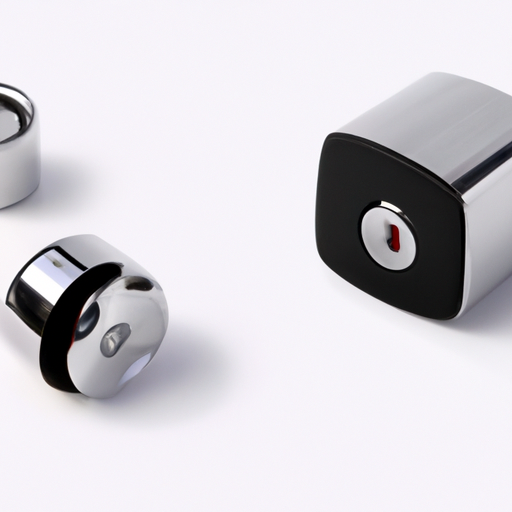
Securing Your Smart Home: Best Practices for Access Control Policies
Greetings, fellow tech enthusiasts! Today, we’re diving into the world of smart home security, specifically focusing on access control policies. As a CCTV installer, I’ve seen it all when it comes to securing homes and businesses. So, buckle up and get ready for some expert advice on how to keep your smart home safe and sound.
Why Access Control Policies Matter
Before we jump into the nitty-gritty details, let’s talk about why having solid access control policies in place is crucial for your smart home. Imagine this – you’ve invested in top-of-the-line security cameras, alarms, and smart locks, but if your access control is lax, all that fancy tech is essentially useless. Access control policies help you regulate who can enter your home, when they can enter, and what areas they can access. It’s like having your own personal bouncer for your smart home!
Best Practices for Access Control Policies
Now, let’s get down to business. Here are some best practices for setting up rock-solid access control policies for your smart home:
1. Multi-factor Authentication (MFA)
Think of MFA as the extra layer of security that keeps the bad guys out. By requiring multiple forms of verification, such as a password and a fingerprint scan, you’re adding an extra level of protection to your smart home. It’s like having a secret handshake that only you and your trusted circle know!
2. Role-based Access Control (RBAC)
RBAC is all about assigning specific roles and permissions to different users in your smart home ecosystem. For example, you may want your kids to have access to the entertainment system, but not the home security settings. With RBAC, you can customize who can access what, ensuring that your smart home remains secure at all times.
3. Regular Auditing and Monitoring
Just like how you check your CCTV footage for any suspicious activity, it’s important to regularly audit and monitor your access control policies. Keep an eye out for any unauthorized access attempts, unusual behavior, or outdated permissions. By staying vigilant, you can nip any security threats in the bud before they escalate.
Conclusion
There you have it, folks! Access control policies are the backbone of a secure smart home. By following these best practices and staying one step ahead of potential threats, you can rest easy knowing that your home is well-protected. Remember, when it comes to home security, it’s better to be safe than sorry!
